It had been a very wet spring. The flowers and vines have really benefitted but in some of the lagunas; in particularly our local one at Chiclana (NW 16.5 Laguna de Paja), the reeds have grown very high making visibility difficult and we couldn't see much at all.
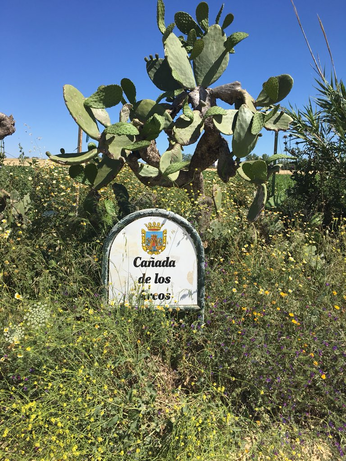 Rufous Bushchat habitat by the Cañada de los Arcos - one of the many side tracks along Cañada de Marchantes. (Photo Richard Page-Jones)
Rufous Bushchat habitat by the Cañada de los Arcos - one of the many side tracks along Cañada de Marchantes. (Photo Richard Page-Jones)  Slender-billed Gull at Bonanaza (Photo Richard Page-Jones)
Slender-billed Gull at Bonanaza (Photo Richard Page-Jones)  Collared Pratincoles at El Canillo, Barbate (Photo - Richard Page-Jones)
Collared Pratincoles at El Canillo, Barbate (Photo - Richard Page-Jones)  Audouin's Gull at Conil (Photo - Richard Page-Jones)
Audouin's Gull at Conil (Photo - Richard Page-Jones)  Red-necked Nightjar over the garden fence (Photo - Richard Page-Jones)
Red-necked Nightjar over the garden fence (Photo - Richard Page-Jones) 


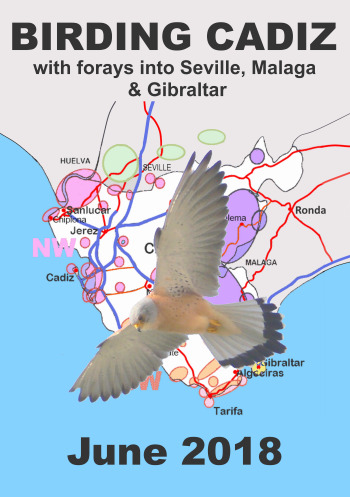




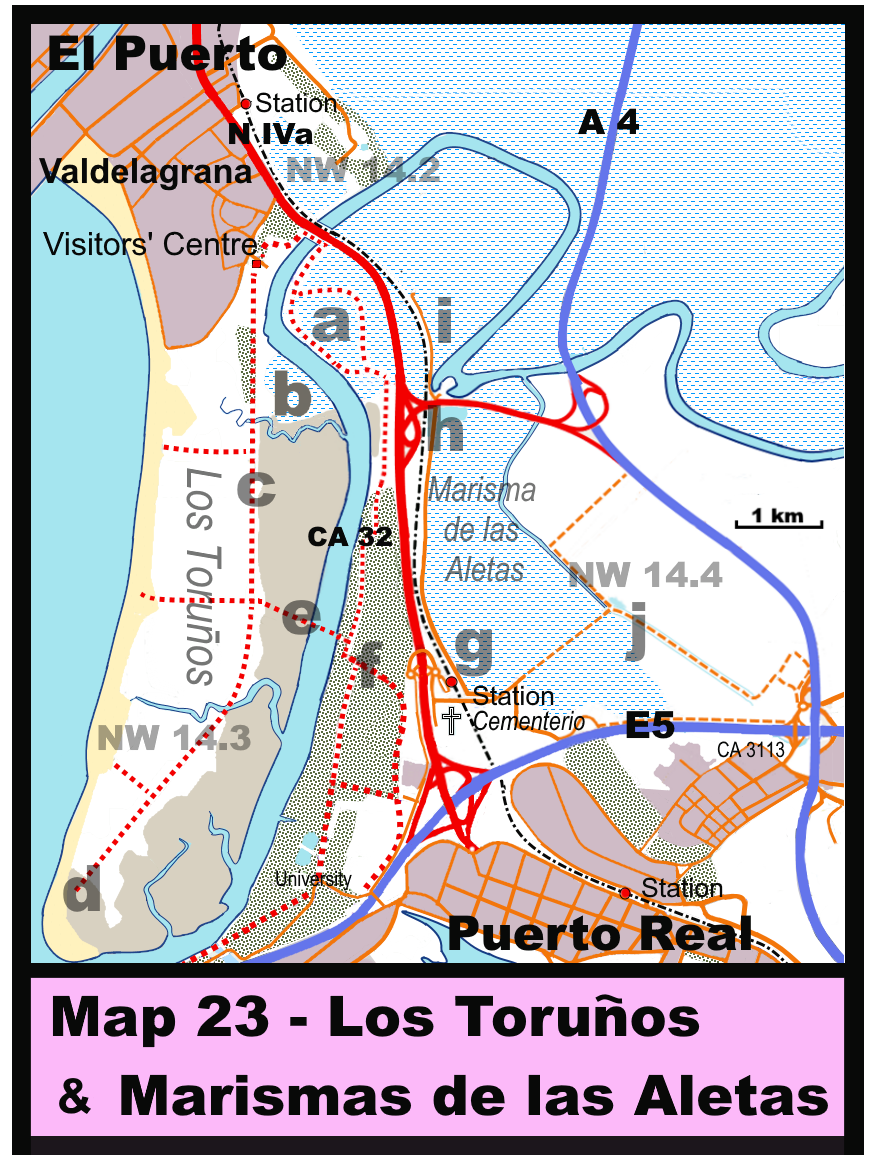
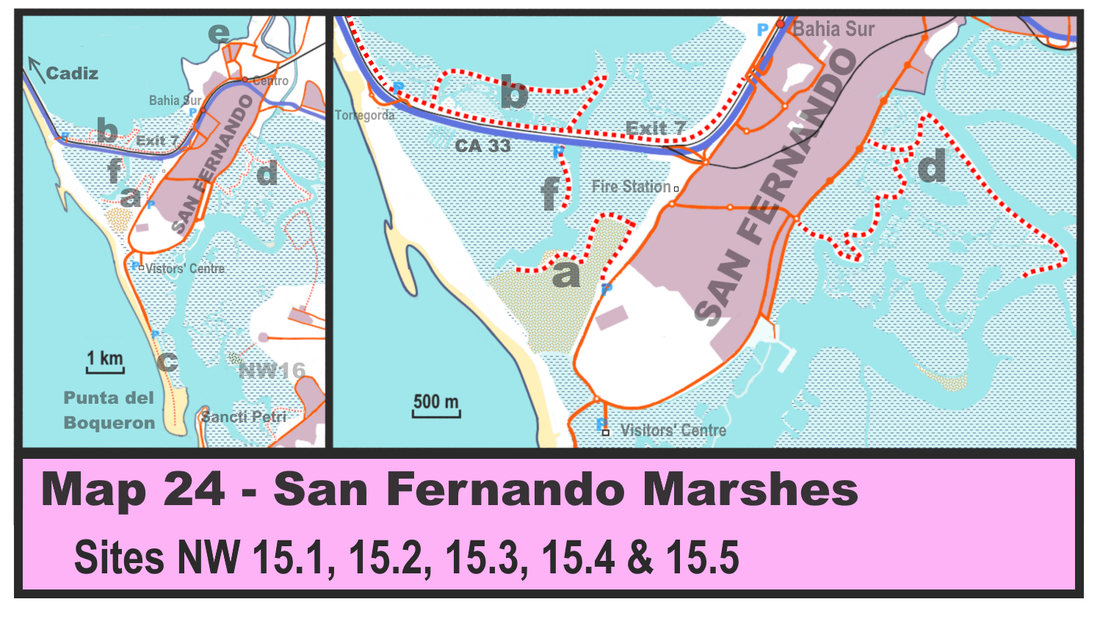

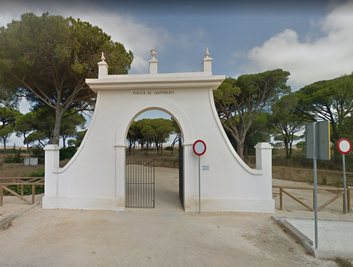
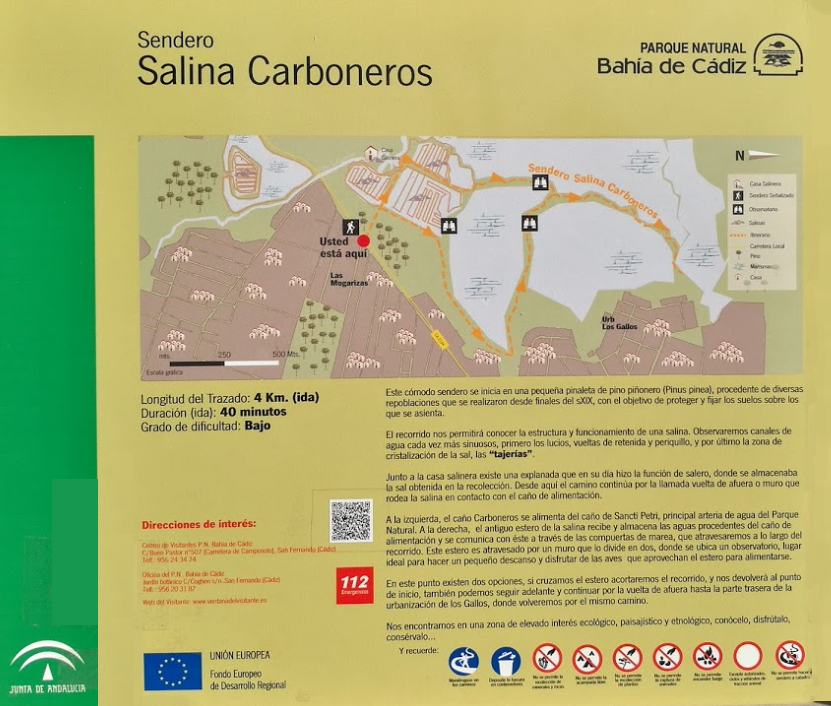
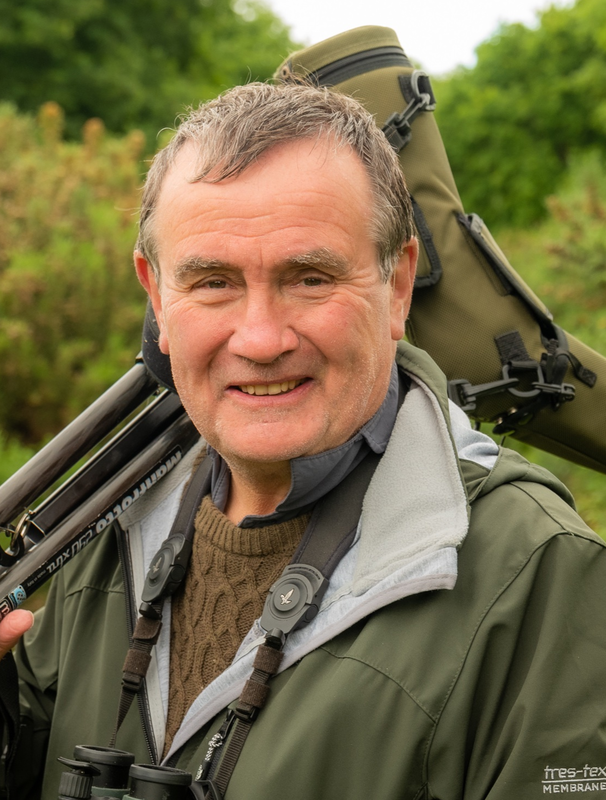
 RSS Feed
RSS Feed
